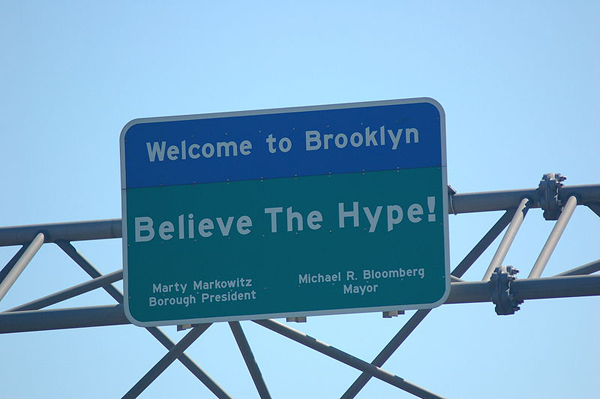
Photo by: Henrik Mortensen
Brooklyn won the title of “proudest” borough in the MAS survey.
Most New Yorkers know how to get involved in their community. But they don’t have the time to do it.
Most New Yorkers are satisfied with the city they live in. But the degree of satisfaction depends on their borough.
Most New Yorkers favor new parks over other development. But nearly half don’t use the parks we have very often.
Those are just a few of the findings in the second annual Survey on Livability released by the Municipal Art Society on Thursday.
The land-line and cell-phone survey of 1,024 New Yorkers, conducted in September, found generally high levels of satisfaction with the city as a whole, respondents’ neighborhoods, and city services—and found that 73 percent of New Yorkers are optimistic about the city’s future.
Eighty-three percent of New Yorkers were satisfied or very satisfied with life in the city. Half thought that their neighborhood hadn’t changed much during their time here, with a third thinking it had improved.
There were dark spots amid the sunny optimism: A third of New Yorkers want to leave the city, and more affluent New Yorkers were significantly more likely to want to stay than the poor. Only 40 percent of Bronx residents were satisfied with police protection, and only 19 percent of those in the northernmost borough thought local cultural offerings were adequate.
But interestingly enough, more Bronx residents than residents of other boroughs believe they can change their lives for the better: 36 percent of Bronxites believe they can have a “big impact” on making their neighborhood a better place to live, and 36 percent think they can have a moderate impact.
While there were some differences between the 2011 numbers and the results from last year, MAS president Vin Cipolla said five to 10 years of data would be necessary to make judgments about changes in the city’s mood.
Some numbers were outright shocking: A full 33 percent of respondents say they have attended a community board meeting, which if accurate suggests that 2.7 million residents have sat in on a district board session. It’s possible that respondents were speaking about community meetings of all types. But in any case, says Cipolla, the numbers suggest that, “While many New Yorkers don’t have the time aren’t sure how to engage in the city, we are an activist city.”
Other statistics hinted at the complexity of the issues they tapped into. Some 63 percent of New Yorkers thought “large real estate development” was a good idea, but only 39 percent thought such development made neighborhoods better. More than 60 percent think the city is a good place to bike, but only 18 percent actually get on two wheels to try. And in many—but not all cases—the level of satisfaction with city services decreased with income.








